David Cronenberg, now … and then
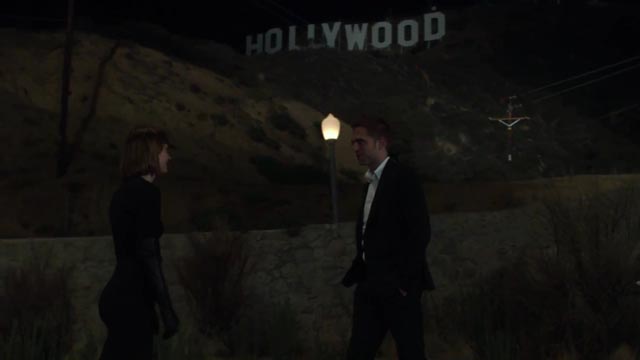
It’s long been acknowledged that it’s difficult if not all but impossible for a Canadian filmmaker to sustain a career – at least, a filmmaker in English-speaking Canada; Quebec is another matter. There are a number of reasons for this, not least the close proximity of the U.S. and the cultural dominance of “Hollywood” (hence the possible exception of Quebec, to some degree protected by its language and the more developed cultural identity which derives from it). Another reason is the lack of a cohesive “Canadian identity” – with its vast landmass and sparse population, Canada is a rather loose collection of regional identities: the Maritimes, Ontario, the West Coast, the North, the Prairies (fading from vaguely leftist in the East to hard Right in the West – at least that was the case until the four-decade conservative dominance in Alberta was recently smashed by the utterly unexpected election of a New Democrat government in the recent provincial election; ironically, Manitoba’s floundering NDP government is likely to be displaced by a conservative win in our next election). Regional filmmakers have a hard time getting their work screened across the country and most provinces have long-since succumbed to providing locations for off-shore productions rather than supporting an indigenous industry. Even directors who gain some prominence – Atom Egoyan with his early, personal “art films”, Bruce McDonald with Highway 61 and Hard Core Logo – tend to peter out in time (Egoyan’s later work has been less personal and less interesting; McDonald has interrupted a lot of television work with occasional, little-seen features, only one of which – Pontypool – has proved as interesting as his early work ). It’s almost a cliche that to establish a lasting career and gain an international profile, a Canadian filmmaker has to move to the States and, chameleon-like, take on the appearance of being American: Norman Jewison, Ivan Reitman, Jason Reitman, Paul Haggis, James Cameron …
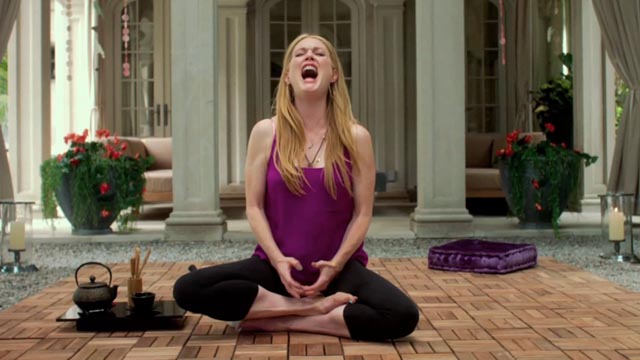
What makes David Cronenberg virtually unique is his decision to remain in Canada – of his 21 features, only two have been shot entirely outside Canada (Eastern Promises in England, A Dangerous Method in Austria and Germany), with two more shot partially outside (Spider, with some location work in England, and Maps to the Stars, with locations in Los Angeles; studio work for both was done in Toronto). Which is not to say that all of Cronenberg’s work is recognizably “Canadian”; rather he has managed to establish himself firmly as an international figure who nonetheless works almost exclusively in Canada. Where that choice has really paid off, perhaps, is in his having managed to retain a degree of creative independence not possible for many working closer to the movie mainstream (i.e. “Hollywood”); of his twenty-one features, he wrote, co-wrote or adapted fifteen, helping to ensure a personal quality in his work.
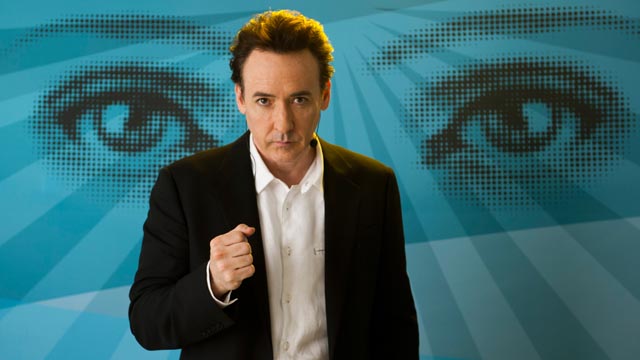
I’m not sure what to make of the fact that in the past decade (his 60s), of the five features he has directed, four were written by someone else. While these more recent films display an assurance and polish which has evolved steadily throughout his career, I find them less interesting than his earlier work (the best of these late films is also the only one he wrote himself, Cosmopolis, adapted from Don DeLillo’s novel). On the other hand, these less personal films have also gained him more mainstream critical respect than much of his earlier work has received.
*
Maps to the Stars (2014)
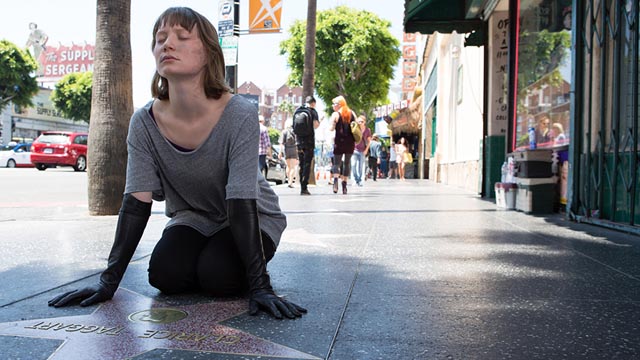
Given Cronenberg’s determined resistance to the pull of Hollywood, it’s interesting that his most recent movie is set there. Maps to the Stars, written by Bruce Wagner, is a sour parable of the soul-destroying corruption of Tinseltown – that is, a fairly familiar tale of the perils of celebrity and quest for the same. As you’d expect from Cronenberg at this point in his career, the performances are all very good – from Julianne Moore as the aging actress desperately trying to hold on against the industry’s intolerance of a woman’s loss of youth to John Cusack as a really vile “therapist”, from Robert Pattinson as a limo-driving wannabe scriptwriter to Mia Wasikowska as the physically and emotionally damaged catalyst who brings on Day of the Locust-like personal apocalypse for the various characters. In a strong cast, Wasikowska stands out with a performance of great range and subtlety, a sympathetic character who is gradually revealed as a destructive monster and finally as a tragic victim.
But for all its good qualities, this tale of corruption, incest, murder and suicide comes across as David Lynch-lite. Watching it, I was engaged, yet I couldn’t help missing the grittier, more subversive transgressions of Cronenberg’s earlier work – like Rabid, for instance, his second commercial feature newly released in an excellent Blu-ray edition by Arrow Video.
*
Rabid (1977)
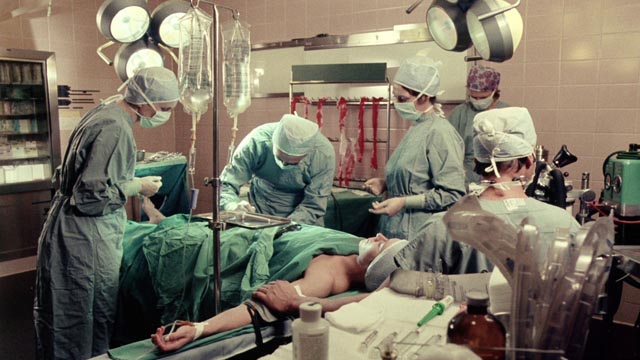
This new, restored hi-def presentation is a revelation, even more impressive than last year’s edition of Shivers. For all its virtues, Shivers was a rough and scrappy movie, the constraints of commercial filmmaking (and Cronenberg’s relative inexperience) pushing aside some of the accomplished formal qualities of his earlier experimental features (Stereo and Crimes of the Future). Rabid was a big leap forward, consolidating the commercial/exploitation elements demanded by savvy Cinepix producers John Dunning and Andre Link while once again achieving formal assurance. The film is visually impressive (very well photographed by Rene Verzier, with some particularly effective night shooting), and there’s more consistency in the performances. Although structured, like Shivers, as an episodic narrative, it’s much more rigorously designed, achieving a taut momentum as it accrues details which enlarge Cronenberg’s by-now-familiar themes.
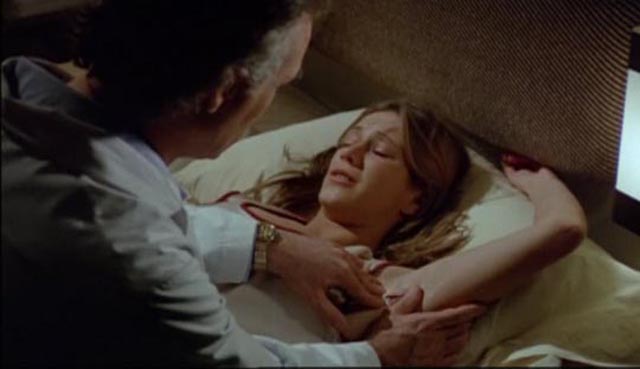
Once again science unleashes a sexual mutation which in turn overturns social order. Following an horrific motorcycle accident, Rose (Marilyn Chambers) undergoes experimental treatment in the plastic surgery clinic of Dr. Dan Keloid (Howard Ryshpan); using what is essentially an early form of stem-cell therapy, Keloid repairs Rose with skin grafts treated to “neutralize” the tissues so that they will re-grow into the variously damaged organs. Unfortunately, these grafts develop in unintended ways: “reading” Rose’s state as a comatose patient receiving blood and nutrients intravenously, they supply her with a new organ (located beneath her armpit) which is equipped with a needle-like appendage to puncture anyone unfortunate enough to be caught in her embrace, sucking their blood (the only form of nourishment her new digestive system can cope with) while passing on an infection which produces rabies-like symptoms.
Rose unwittingly becomes the carrier of a new plague, escaping from the clinic and heading into Montreal, where the disease triggers the imposition of martial law. No one is safe (people are attacked in greasy-spoon diners, in the Metro, in shopping malls, in their own apartments). Visually, the film was obviously influenced by the memory of 1970 when Prime Minister Pierre Trudeau responded to the FLQ crisis with imposition of the War Measures Act; the city streets are taken over by the military who have been ordered to kill and dispose of the infected as quickly as possible. Where Shivers was restricted to the closed community of a single highrise, Rabid spreads out across the city in images of apocalyptic nightmare.
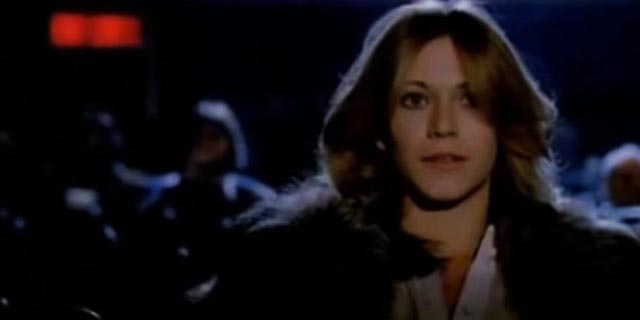
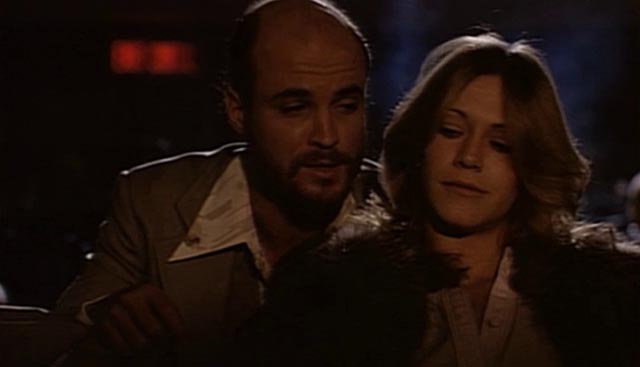
In her sole “legitimate” role, pornstar and Ivory Snow girl Chambers gives a genuinely sympathetic performance, barely aware of what she has been turned into by the well-meaning Dr. Keloid. These early films were criticized as deeply reactionary and anti-sex (Robin Wood despised them from this point of view), but it can be argued that Cronenberg was not that simplistic. Yes, his work is deeply imbued with an ambivalence about the human body and its susceptibility to disease, decay and death, but it’s also marked by a deep sympathy for the people trapped inside these vulnerable vessels (a theme which he continued to explore in greater detail in Videodrome and, most significantly, The Fly). As critic/academic William Beard points out on one of the disk’s two commentary tracks, Cronenberg continuously complicates viewer response to the film’s sexual imagery: while the presence of Chambers encourages a certain perspective given her previous career as star of Behind the Green Door and other porn films, and commercial considerations demanded the display of her body in the film, Cronenberg fulfills this requirement in ways which work against a sexualized reading – whether simply providing inadvertent glimpses as Rose dresses or, more problematically, when she’s at her most vulnerable. Her presence becomes a kind of critique of audience desire (and the infamous male gaze), an element which comes fully into focus in the sequence in which Rose, seeking a fresh victim, goes into a porno theatre, seeming to promise in reality the kind of opportunity for men in the audience which is offered by the crude fantasy showing on the theatre’s screen. Here, the fantasy is turned on its head as a sleazy patron becomes the victim of Rose’s more intense (and non-sexual) desire.
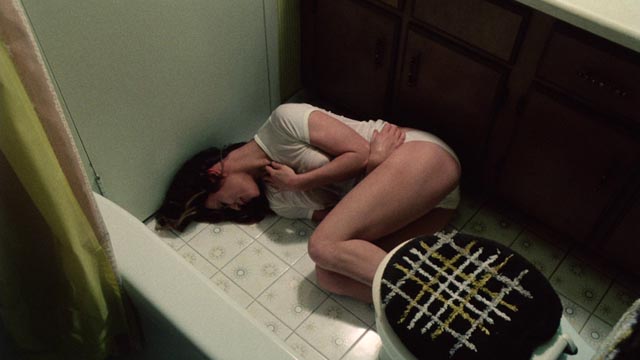
Once again Arrow has put together an impressive package. In addition to Beard’s commentary, there’s a relaxed track in which Cronenberg, a keen observer of his own work, discusses his intentions and practice with an admirable sense of self-critical awareness. This track almost makes Beard’s redundant; in fact, Beard’s annoying insistence on Cronenberg’s superiority to every other low-budget horror director of the period – including Tobe Hooper and Wes Craven (he claims that no one else at the time was moving the camera expressively, a patent exaggeration) – seems at odds with Cronenberg’s own ego-less tone. There is a short feature sketching the history of Montreal production company Cinepix, originator of what became known as “Maple Leaf porn”, a softcore genre which flourished as social restrictions were eased in Quebec during the ’60s; as Kier-La Janisse explains, the limitations of that genre pushed producers Dunning and Link to branch out into horror with these early Cronenberg features in an effort to break into the American market. Additionally there are interviews with make-up artist Joe Blasco, producers Ivan Reitman and Don Carmody and, in an archival clip, Cronenberg himself. Finally, a one-hour documentary, The Directors: David Cronenberg, surveys the filmmaker’s career up to and including eXistenz (1999), featuring interviews with many of the actors he had worked with over the years as well as with the director himself.
But what makes the disk really worthwhile is the impressive transfer; Rabid has probably never looked this good, possibly not even in its original theatrical release. Colour and detail are rich and, as already mentioned, the extensive night shooting is quite stunning. The image has a nice film look, with visible grain and strong contrast. And Cronenberg’s visual assurance (already apparent in Stereo and Crimes of the Future, though somewhat rougher in Shivers) really takes hold here: camera placement, movement, editing all reveal the filmmaker as a natural talent who was capable of bending the elements of commercial exploitation to his own purposes. The irony, of course, is that at the time he was strongly attacked by many critics (and politicians – these films were subsidized by the government) as just the kind of filmmaker we didn’t want in Canada; and yet in time he has become the venerable old man of English-Canadian cinema.
Comments